Hidden Trails — Designer India Mahdavi's Insider Guide to Exploring Paris
The Paris-based designer shares her curated itinerary to the City of Light
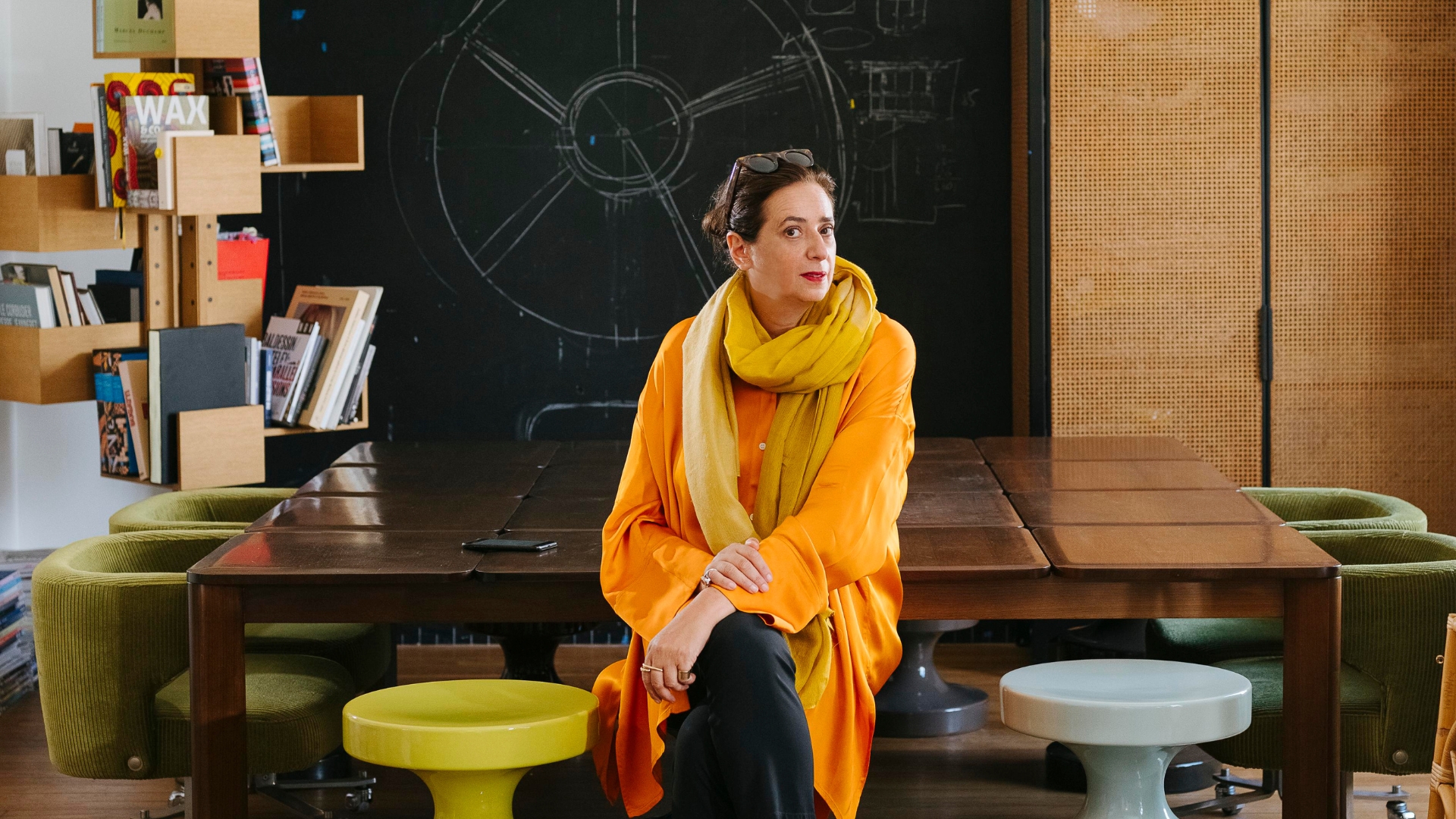
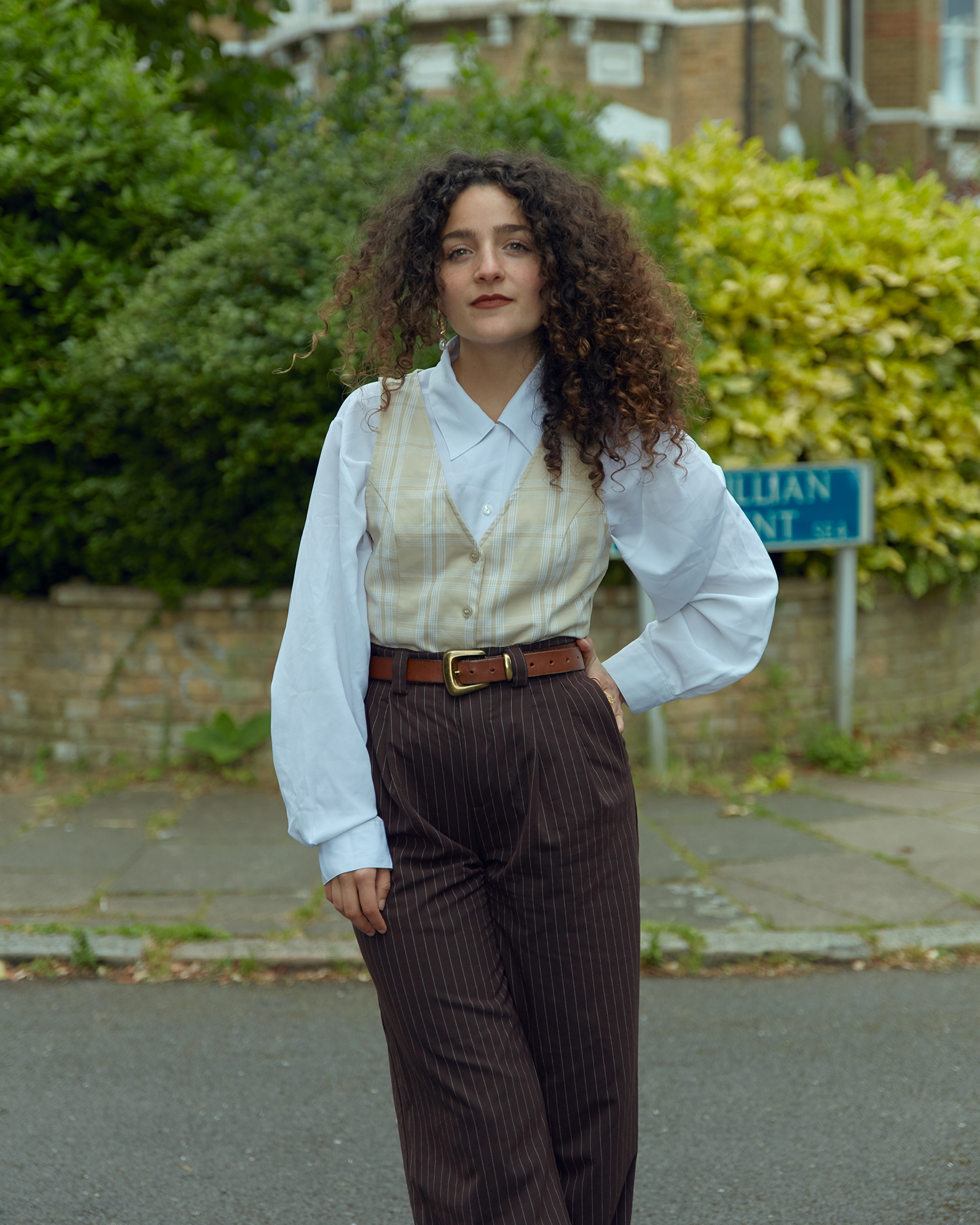
What better way to see the world than through the eyes of our favorite tastemakers? In Hidden Trails, we look at the places that feel most like home to our community of design insiders — wherever those might be — to help you uncover what their cities have in store for you.
There is a sense of wonder and an unspoiled curiousness to the fantastical spaces Iranian-French architect and designer India Mahdavi is known for. Born in Tehran in 1962, the vivid iconography of Persia's centuries-spanning artistic heritage is impressed on her DNA. From a young age, color became the filter through which Mahdavi deciphered the world around her — be it the reality of her early Massachusetts upbringing (populated by the adventures of her favorite cartoon characters), her German and French Riviera years, or her experience of Paris as an architecture student at École des Beaux Arts in the 1980s.
Having later returned to the US to study furniture design at New York City's Parsons and graphic design at the School of Visual Arts, Mahdavi found her way back to France to serve as the artistic director of minimalist design and architect Christian Liaigre's namesake brand, where she remained until 1997. It was there, and more precisely, in Paris, that she founded her own studio two years later, heralding the start of a more intimate relationship to the city and Parisian design, which lasts to this day.
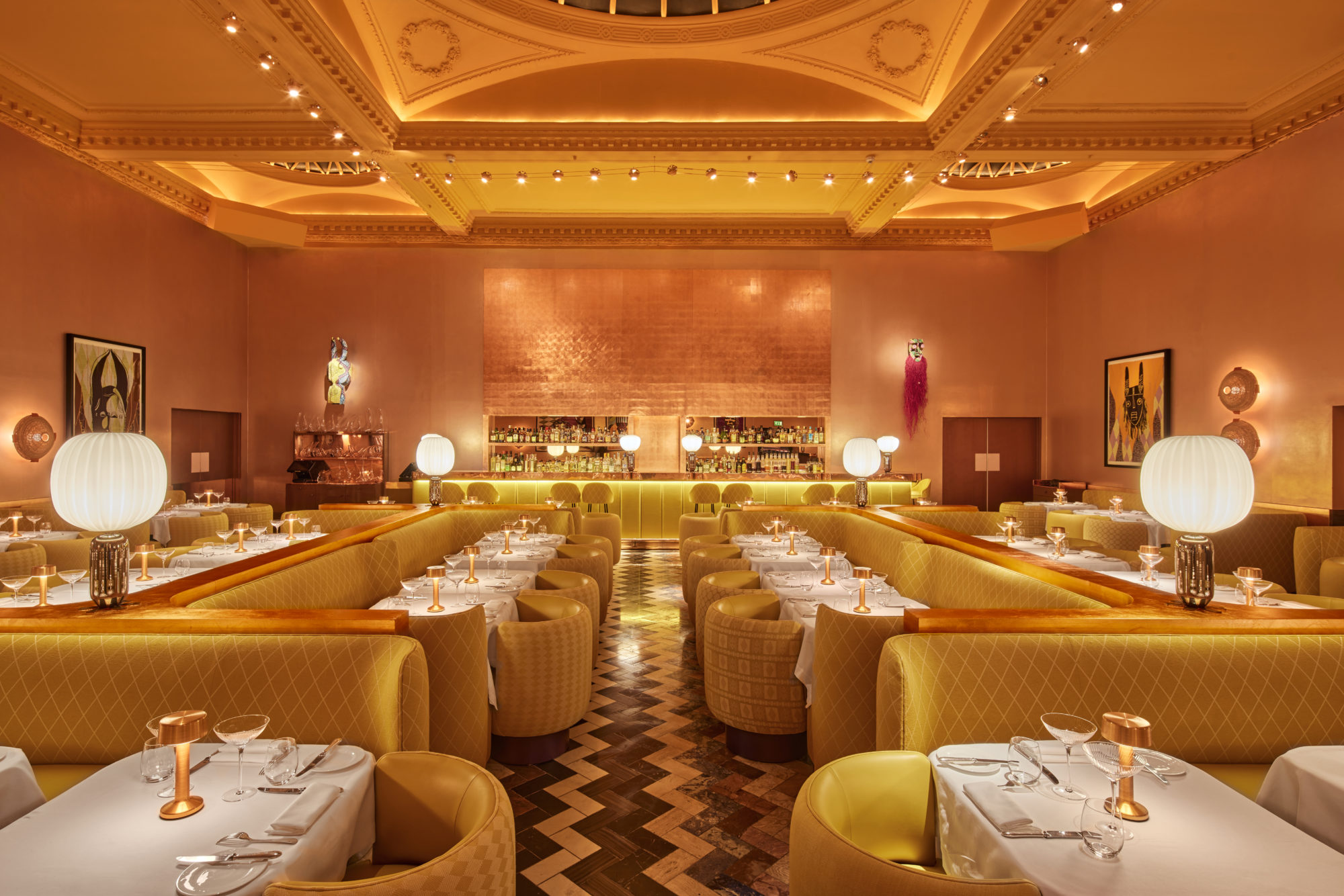
One of India's best-known projects, the interiors of London restaurant sketch
Inspired by her passion for filmmaking, the vibrancy of Iran, and her itinerant youth, Mahdavi's signature style leverages the power of light, unusually paired colors, and overlooked materials to tell stories, unleashing the hidden identity of a space. Parisian projects of hers include the whimsically chic brasseries Le Germain and I Love Paris by Guy Martin Roissy, as well as the leather-sculpted, imaginative cinema Le Germain Paradisio: symbols of a new, elevated art de vivre.
Since the 1990s, Mahdavi has lent her uplifting aesthetic to some of the world's most marvelous residences, rekindling their legacy through daring colors, textures, and forms. From Milan to Mexico City, all it takes is to step into the hotels, restaurants, shops, and showrooms she has designed — think of the instantly iconic interiors of London eatery sketch, or about the velvety ambiance of Geneva's Ladurée quai des Bergues bakery — to feel the scope of her vision. If Mahdavi's architectural creations absorb us in the radiance core to her work, her Petit Objets and furniture make that very joy collectible. Below, Mahdavi guides us along her places of affection for an unconventional exploration of Paris.
1. Discover new and established artists at Ketabi Bourdet
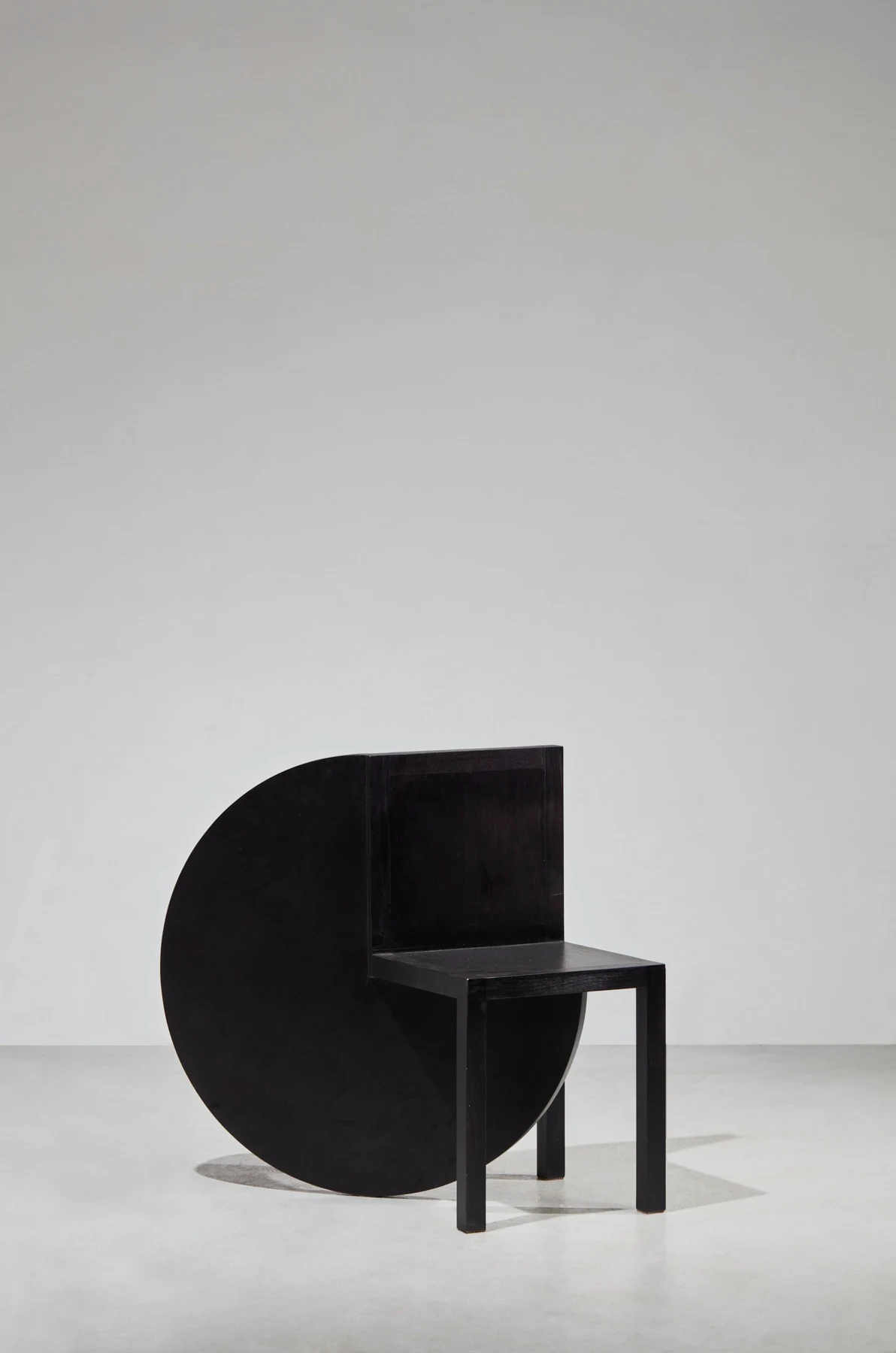
Conveniently located within walking distance from other cultural hotspots including contemporary art gallery Amélie Maison d'art and the Eugène Delacroix Museum in the 6th arrondissement: 'Ketabi Bourdet is a young, dynamic gallery presenting work from emerging artists like Inès Longevial and Audrey Guttman, as well as 1980s' design pieces courtesy of pioneering names such as Philippe Starck, Garouste & Bonetti, and Paolo Pallucco,' Mahdavi tells me.
Be The First To Know
The Livingetc newsletters are your inside source for what’s shaping interiors now - and what’s next. Discover trend forecasts, smart style ideas, and curated shopping inspiration that brings design to life. Subscribe today and stay ahead of the curve.
With a diverse programming combining painting, sculpture, printed art with glass, ceramics, and furniture pieces, Ketabi Bourdet embraces creativity in all of its possible definitions, platforming the collision of mediums that characterizes the contemporary arts scene. Both physical gallery and online boutique, its collection also houses creations by a number of disruptors including late Italian designer Gaetano Pesce, British-Israeli architect Ron Arad, and Parisian designer Martin Szekely.
2. Fill up on design inspiration at Galerie kreo
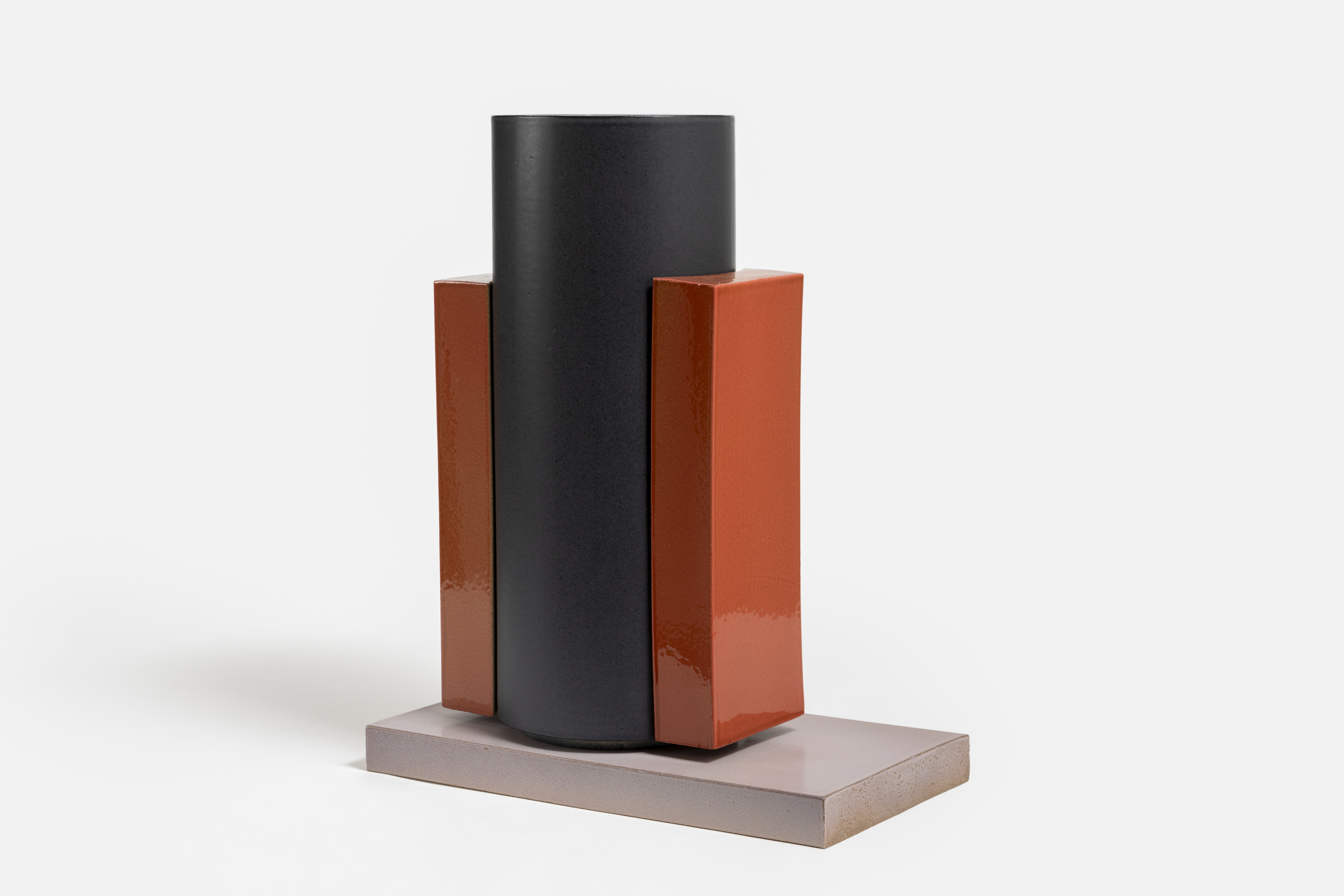
One of the most affluent districts in Paris, the 6th arrondissement is home to a plethora of both iconic and lesser-known museums and art spaces, including the historical Musée National du Moyen-Âge – Thermes de Cluny, where you'll find the world's finest collection of medieval arts and crafts. The second pick from the Iranian-French designer's itinerary falls only steps away from her previous one — located on the buzzy rue Dauphine, 'Galerie kreo represents designers such as Ronan Bouroullec, Konstantin Grcic, Jasper Morrison, and many more,' Mahdavi explains.
What began as an agency focused around industrial projects developed in collaboration with leading personalities of the likes of François Bauchet, Marc Newson, and Pierre Charpin evolved into gallery space when co-founders Clémence and Didier Krzentowski inaugurated Furniture & Objects (1960-2000) — their first group show — in the spring of 1999. Since then, 'Clemence and Didier have gone on to reshape the contemporary design landscape', adds Mahdavi, who deems their platform one of the most influential design galleries on the international scene.
3. Immerse yourself in Mahdavi's creative universe on rue Las Cases
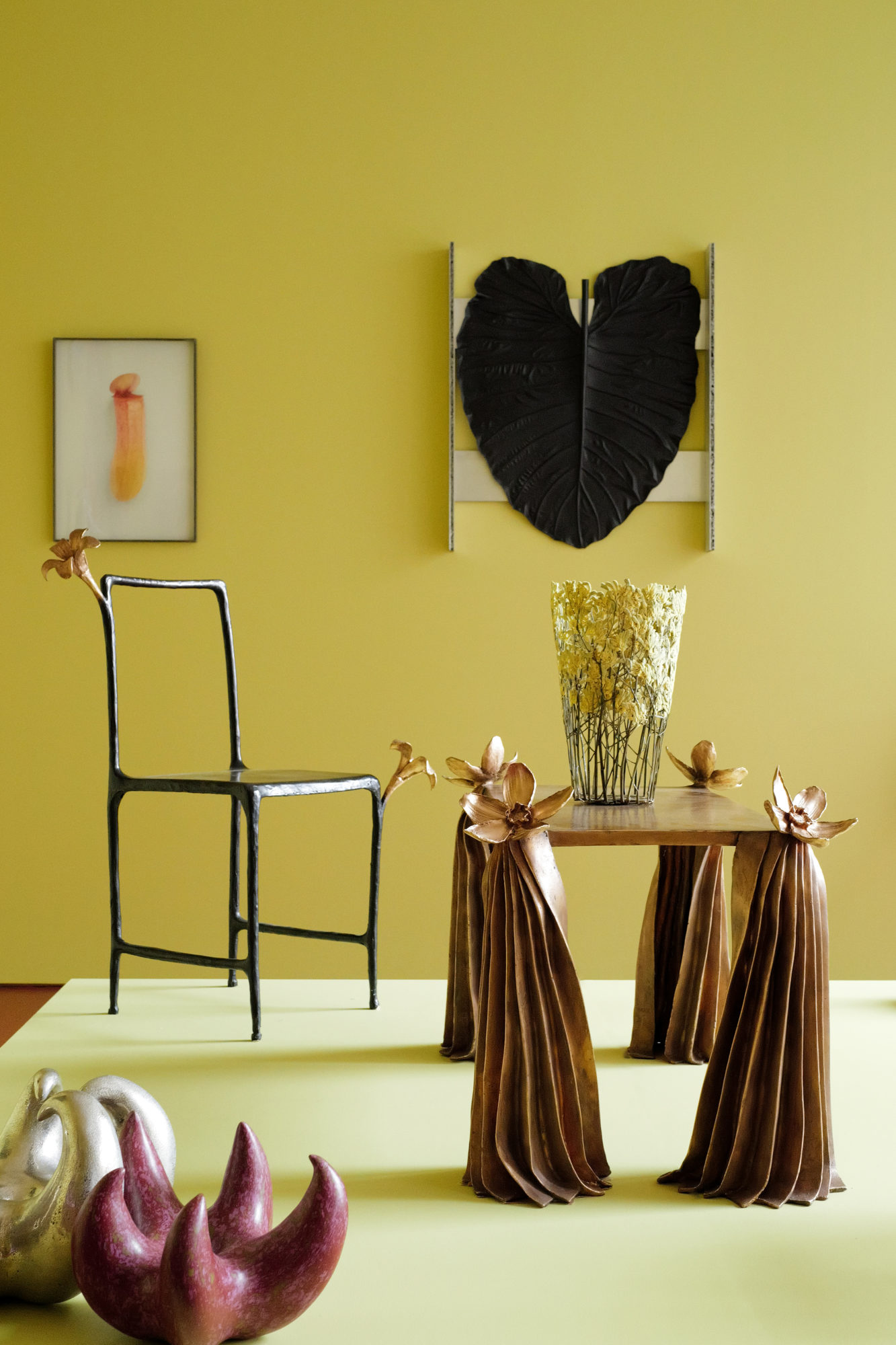
Various locations, 75007
When I ask Mahdavi to share her favorite design destination in Paris, she doesn't think about it twice. 'My rue Las Cases in the 7th arrondissement,' she exclaims. The architect and designer has gradually taken over this Parisian road across five different locations, distilling her creative universe into one place.
'Les Petits Objets at 19 rue Las Cases and the showroom at 3 rue Las Cases are part of my ecosystem alongside the Project Room, the Tiny Room, and the Studio,' she says. 'These spaces are dedicated to showcasing my collection of furniture, iconic objects, and unique pieces from collaborations with anyone from historical houses of craftsmanship to cutting-edge, young designers from all over the world.'
4. Get curious at La Maison Deyrolle
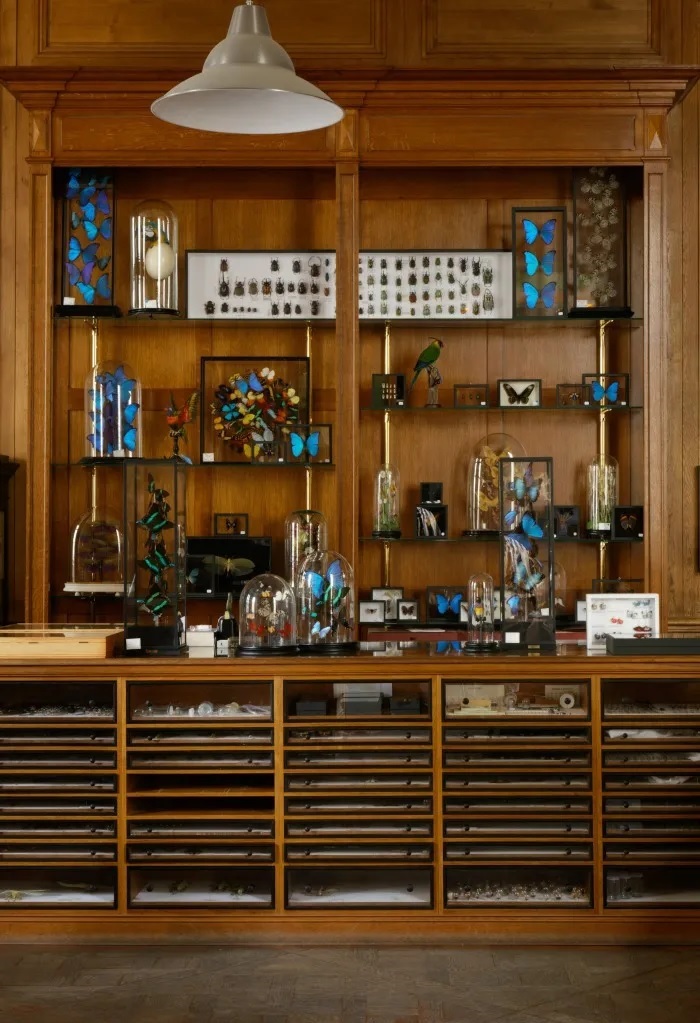
Possibly my favorite location on Mahdavi's list, La Maison Deyrolle shifts away from the elevated chicness of Paris' 7th arrondissement to the city's infamously darker underbelly. Between the Musée d'Orsay and the Musée Maillol, La Maison Deyrolle is like a taxidermy museum, if not for the fact that visitors can actually purchase the items displayed in it.
A natural history-lovers' mecca, 'La Maison Deyrolle holds a unique charm and historical significance since its establishment in 1831,' Mahdavi says. 'Visiting it', continues the designer, 'is like time traveling and stepping into a cabinet of curiosities, with a collection of taxidermy ranging from majestic mammals to butterflies'.
Holding a mirror up to the diversity and richness of species that the planet offers, La Maison Deyrolle makes a truly unexpected and exceptional stop on the city guide of the most curious ones. Also selling nature-themed artworks, books, prints, and a wide range of lifestyle items — from bedding to games and perfumes — it is one of the designer's aces in the hole: 'this is where I buy the butterfly boxes used to display the samples of each ones of my projects,' Madhavi explains.
5. Taste Paris at Chez Georges
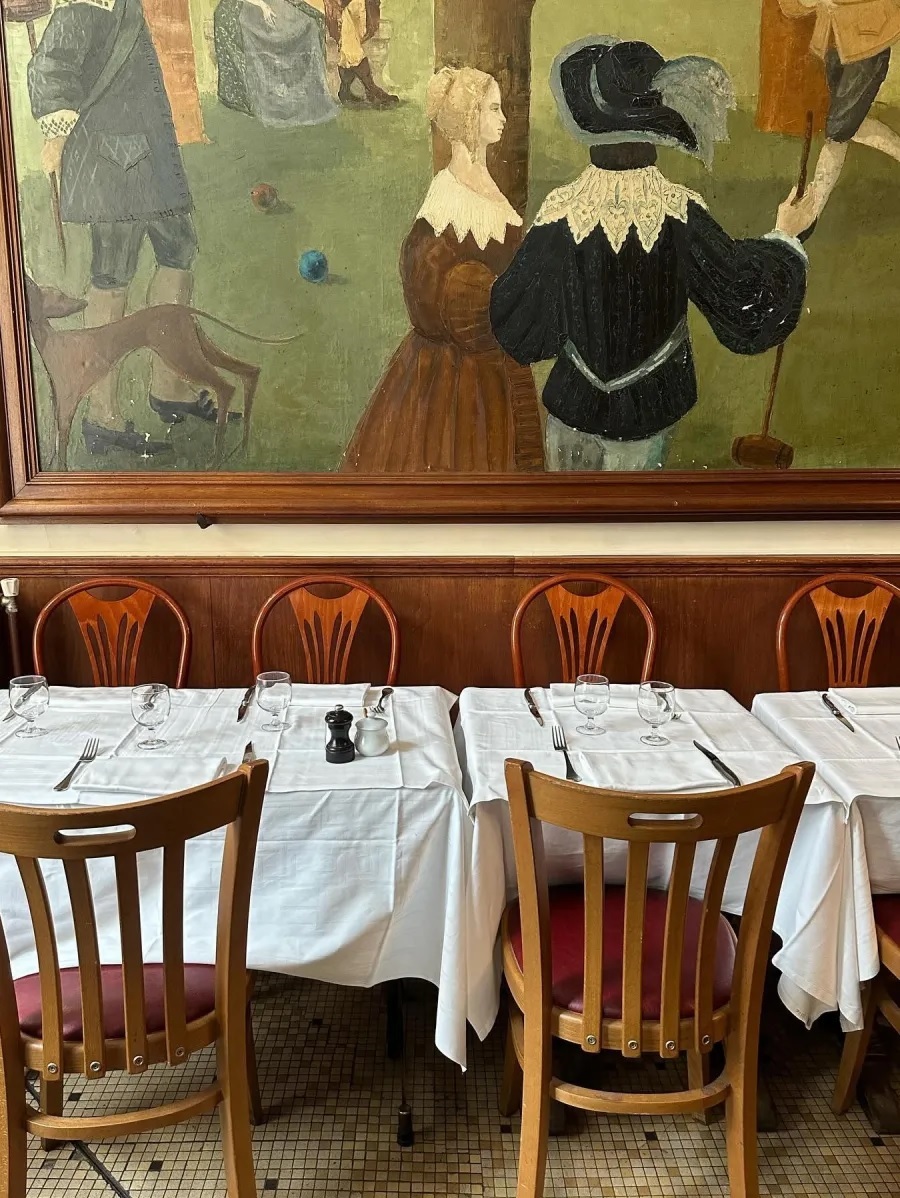
Next stop on Madhavi's tour is Chez Georges, a brasserie marrying the stuck-in-time charm of classic Parisian decor with show-stopping cooking. Writing about the restaurant in 2013, Guardian food critic Jay Rayner said that, while years pass outside of it, 'inside it is always 1946'.
The designer seems to agree on this 2nd arrondissement eatery: 'Chez Georges is an institution that I appreciate as much for its classic French bistro decor as for its traditional cuisine,' explains Mahdavi. 'It's delicious and generous like home-cooked meals,' she adds. 'And we are wonderfully welcomed by Jean-Gabriel, its owner.'
6. Shop wonders at Les Puces de Paris Saint-Ouen

Is a city really a city without a good flea market? According to Mahdavi, Paris is no exception. Not only is Les Puces de Paris Saint-Ouen a must-see for antiques and rarities aficionados, but it is also the largest vintage and second-hand market in the world, amassing over 5 million visitors every year. Located just outside of the city in the northern, suburban commune of Saint-Ouen-sur-Seine, Les Puces — as it is known to locals — has been in the area since the Middle Ages. Expanding over 7 hectares for a total of 12 covered markets, five shopping streets, and countless sellers showcasing their stock directly on sidewalks, it is a town in itself, and a very fascinating one too.
For Mahdavi, 'it is a place where I find inspiration, offering a wide range of vintage clothing, furniture, art, and collectibles,' she says. 'There is something for everyone, from high-end antiques to little souvenirs. It's a fantastic escape, very nice to enjoy lunch on a Sunday.'

Paris can be a highly divisive place, even more so for those who like to travel the less-trodden path. Whether you are a fan or a critic, this series of travel guides — brought to you by some of the most inspiring names in the design world — will challenge you to take a fresh look at what's around, igniting you with the same love, connection, and curiosity they feel for the city.

Gilda Bruno is Livingetc's Lifestyle Editor. Before joining the team, she worked as an Editorial Assistant on the print edition of AnOther Magazine and as a freelance Sub-Editor on the Life & Arts desk of the Financial Times. Between 2020 and today, Gilda's arts and culture writing has appeared in a number of books and publications including Apartamento’s Liguria: Recipes & Wanderings Along the Italian Riviera, Sam Wright’s debut monograph The City of the Sun, The British Journal of Photography, DAZED, Document Journal, Elephant, The Face, Family Style, Foam, Il Giornale dell’Arte, HUCK, Hunger, i-D, PAPER, Re-Edition, VICE, Vogue Italia, and WePresent.
-
 My 10 Favorite Designs at Milan Design Week 2025 — Out of the Hundreds of Pieces I Saw
My 10 Favorite Designs at Milan Design Week 2025 — Out of the Hundreds of Pieces I SawThere is a new elegance, color, and shape being shown in Milan this week, and these are the pieces that caught my eye
By Pip Rich
-
 Iridescence Is Chrome’s More Playful, Hard-to-Define Cousin — And You're About to See It Everywhere
Iridescence Is Chrome’s More Playful, Hard-to-Define Cousin — And You're About to See It EverywhereThis kinetic finish signals a broader shift toward surfaces that move, shimmer, and surprise. Here's where to find it now
By Julia Demer
-
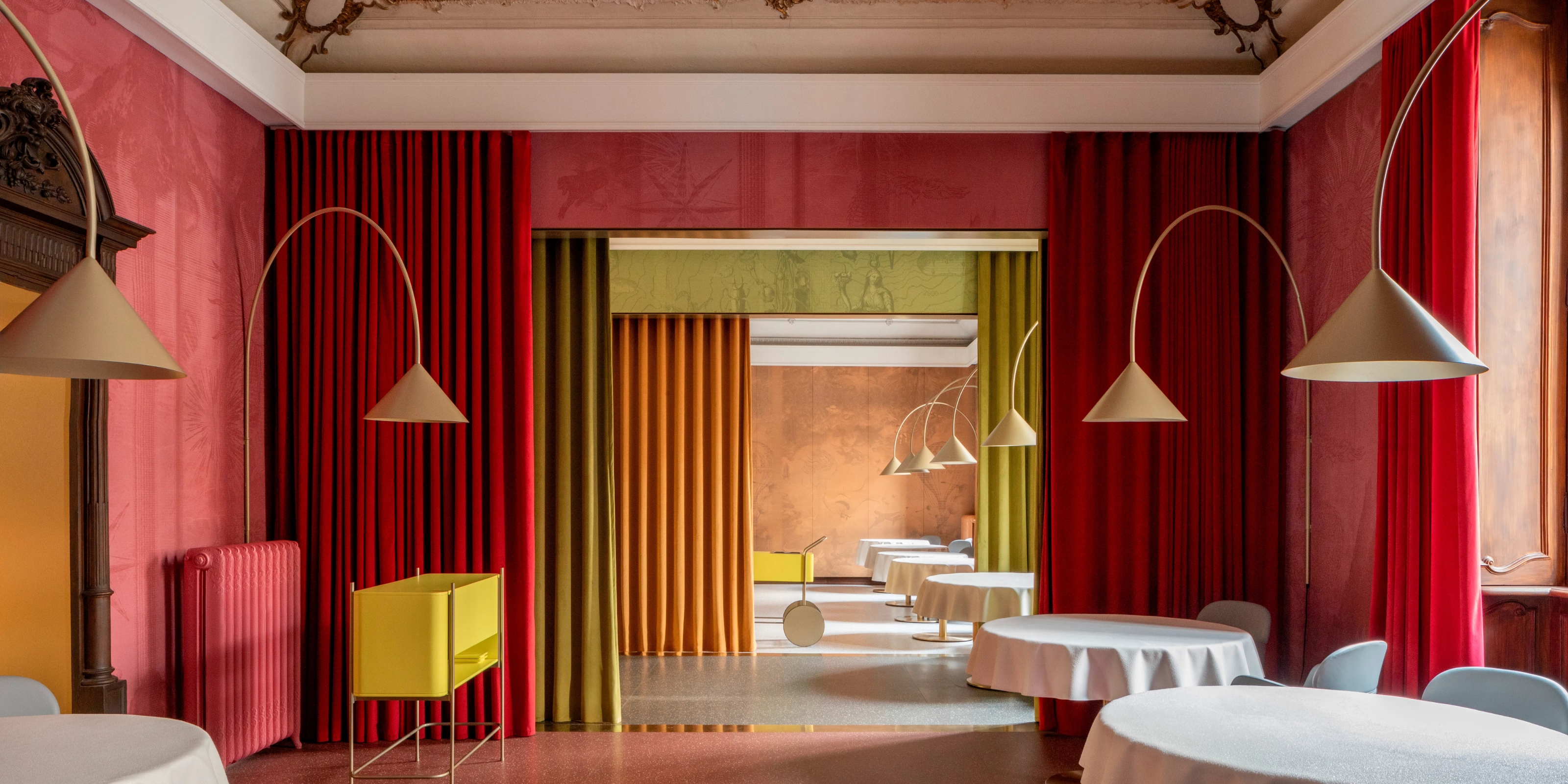 10 Arrestingly Beautiful Milan Restaurants Locals *Actually* Dine at — Selected for Their Interiors
10 Arrestingly Beautiful Milan Restaurants Locals *Actually* Dine at — Selected for Their InteriorsBrought to you by our community of culture insiders, this edit of the best restaurants in Milan sees authentic Italian food and immersive design unite
By Gilda Bruno
-
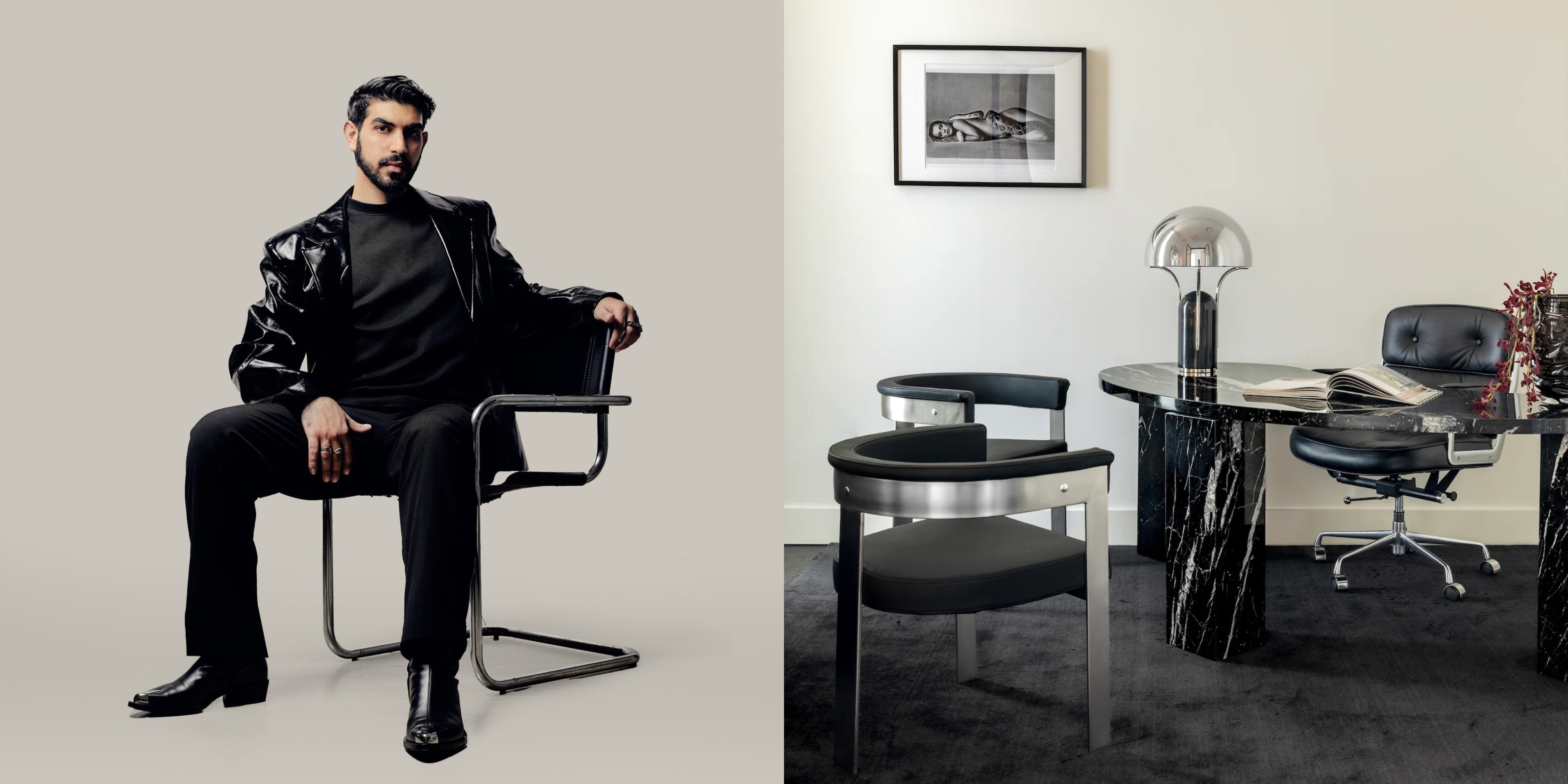 Hidden Trails — TikTok's Favorite Interior Designer, Bilal Rehman, on Houston, the City That Made Him
Hidden Trails — TikTok's Favorite Interior Designer, Bilal Rehman, on Houston, the City That Made HimThe Texan design phenomenon shares the places that inspire him most around his home
By Gilda Bruno
-
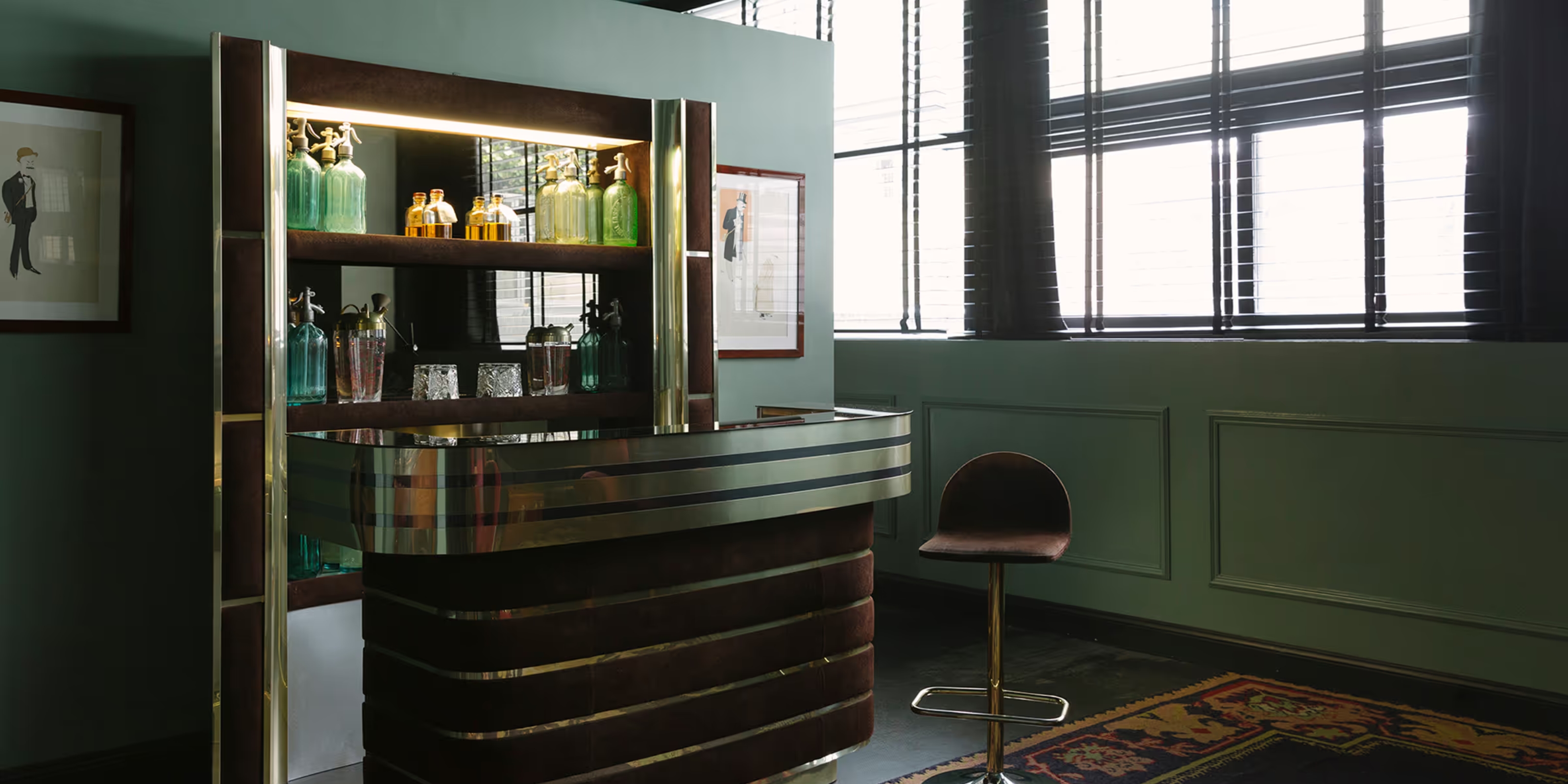 I Picked the Best Milan Hotels for Design-Addicted Travelers — And Their Retro-Futuristic Interiors Are a Masterclass in Timeless Sophistication
I Picked the Best Milan Hotels for Design-Addicted Travelers — And Their Retro-Futuristic Interiors Are a Masterclass in Timeless SophisticationOur Italian Lifestyle Editor rounds up the best boutique hotels in Milan for travelers who want to get a slice of its covetable, timeless flair
By Gilda Bruno
-
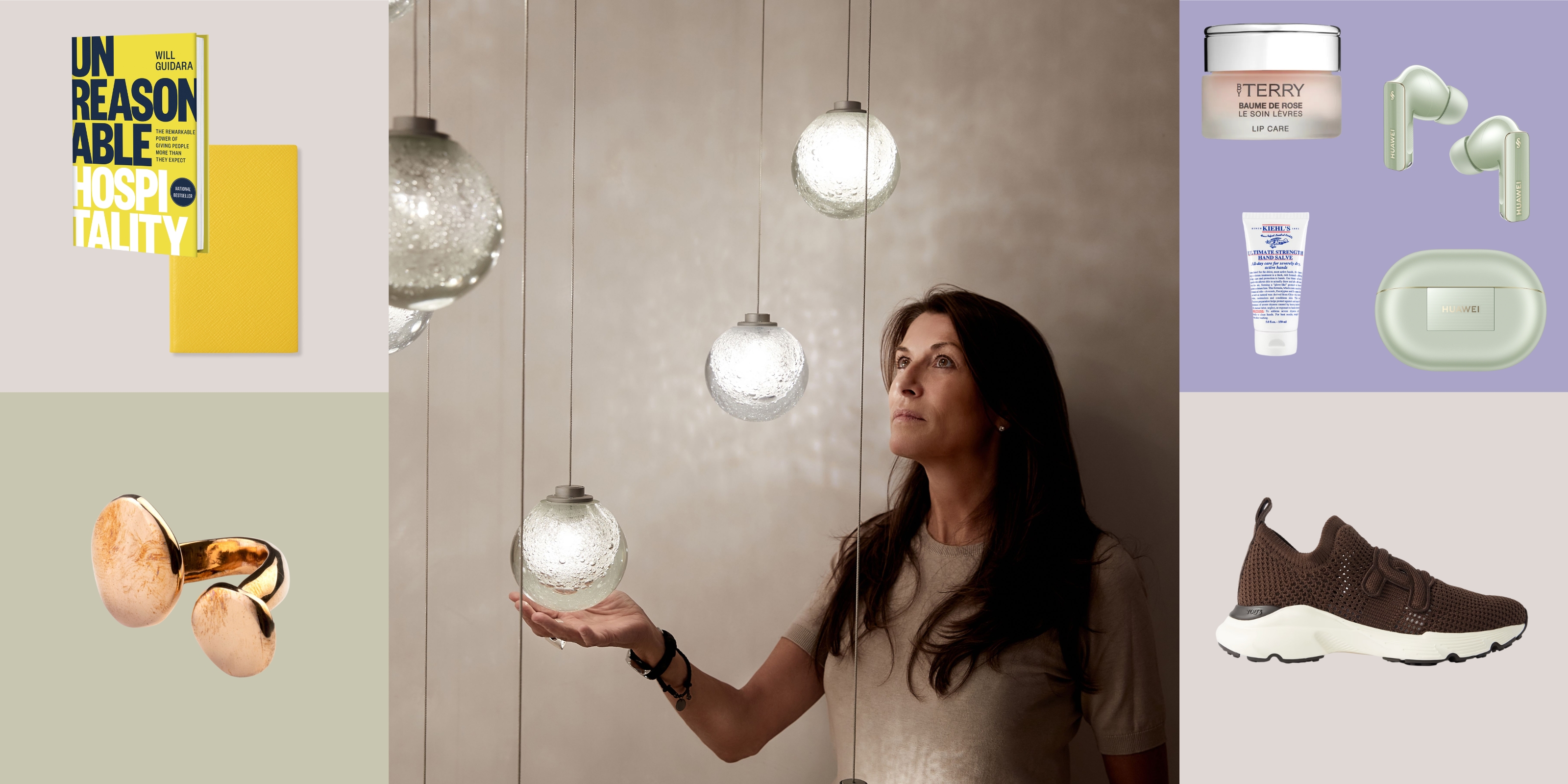 Can't Leave Without — Packing for Milan Design Week 2025 With Articolo Studios' Creative Director Nicci Kavals
Can't Leave Without — Packing for Milan Design Week 2025 With Articolo Studios' Creative Director Nicci KavalsAs the Melbourne-based lighting and furniture studio returns to Salone del Mobile's Euroluce fair, its founder picks her ultimate travel must-haves
By Gilda Bruno
-
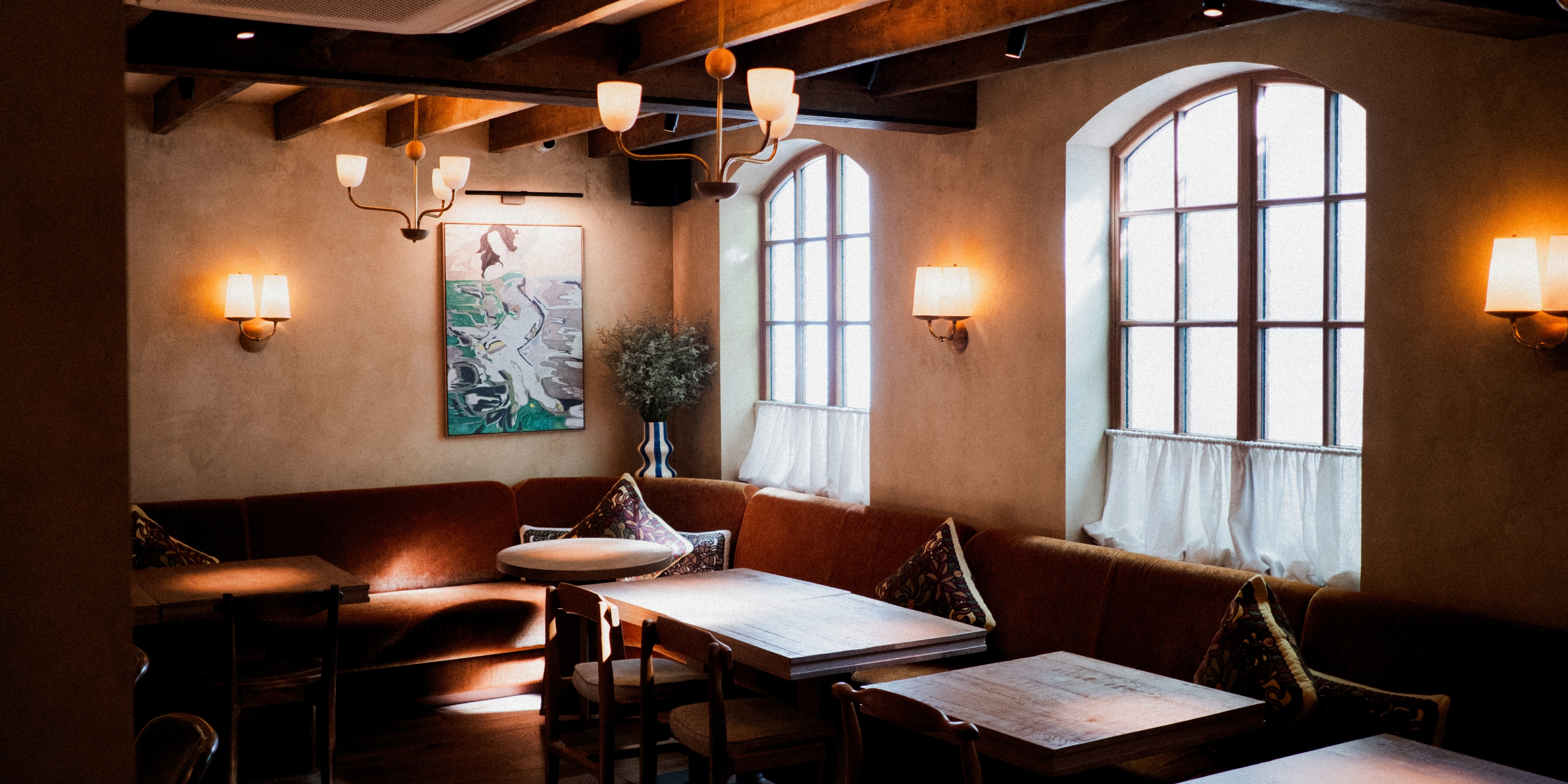 Lita Marylebone Review — Mediterranean Radiance Gets a Tantalizing, Animated West End Makeover
Lita Marylebone Review — Mediterranean Radiance Gets a Tantalizing, Animated West End MakeoverInspired by Southern Europe's traditional chateaux, the Michelin-starred London restaurant puts conviviality front and center through shareable plates and a dynamic, open-plan setting
By Gilda Bruno
-
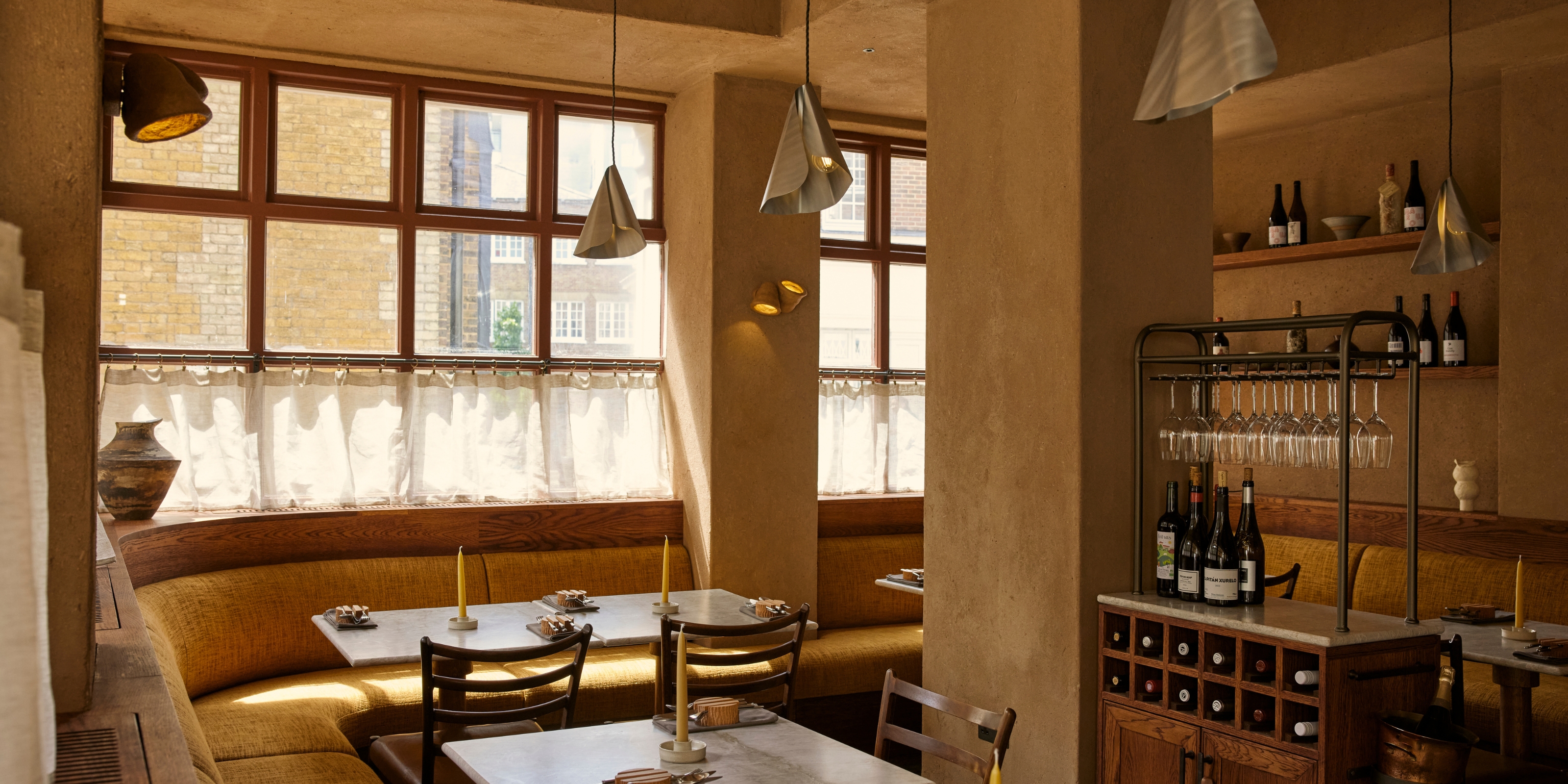 Plates London Review — Nature-Inspired, Earthy Dishes and Interiors Put "Warmth" Back Into Michelin-Star Fine Dining
Plates London Review — Nature-Inspired, Earthy Dishes and Interiors Put "Warmth" Back Into Michelin-Star Fine DiningThe first-ever vegan restaurant to win the prestigious accolade in the UK, this intimate eatery wows with its menu, and its design
By Gilda Bruno
-
 5 Day Trips From London for an Art and Design-Filled Break From the City — Thanks to a Painstaking Holiday Planner
5 Day Trips From London for an Art and Design-Filled Break From the City — Thanks to a Painstaking Holiday PlannerCelebrate the return of spring with our Lifestyle Editor's curated itineraries to five inspiring destinations to explore 'out of town'
By Gilda Bruno
-
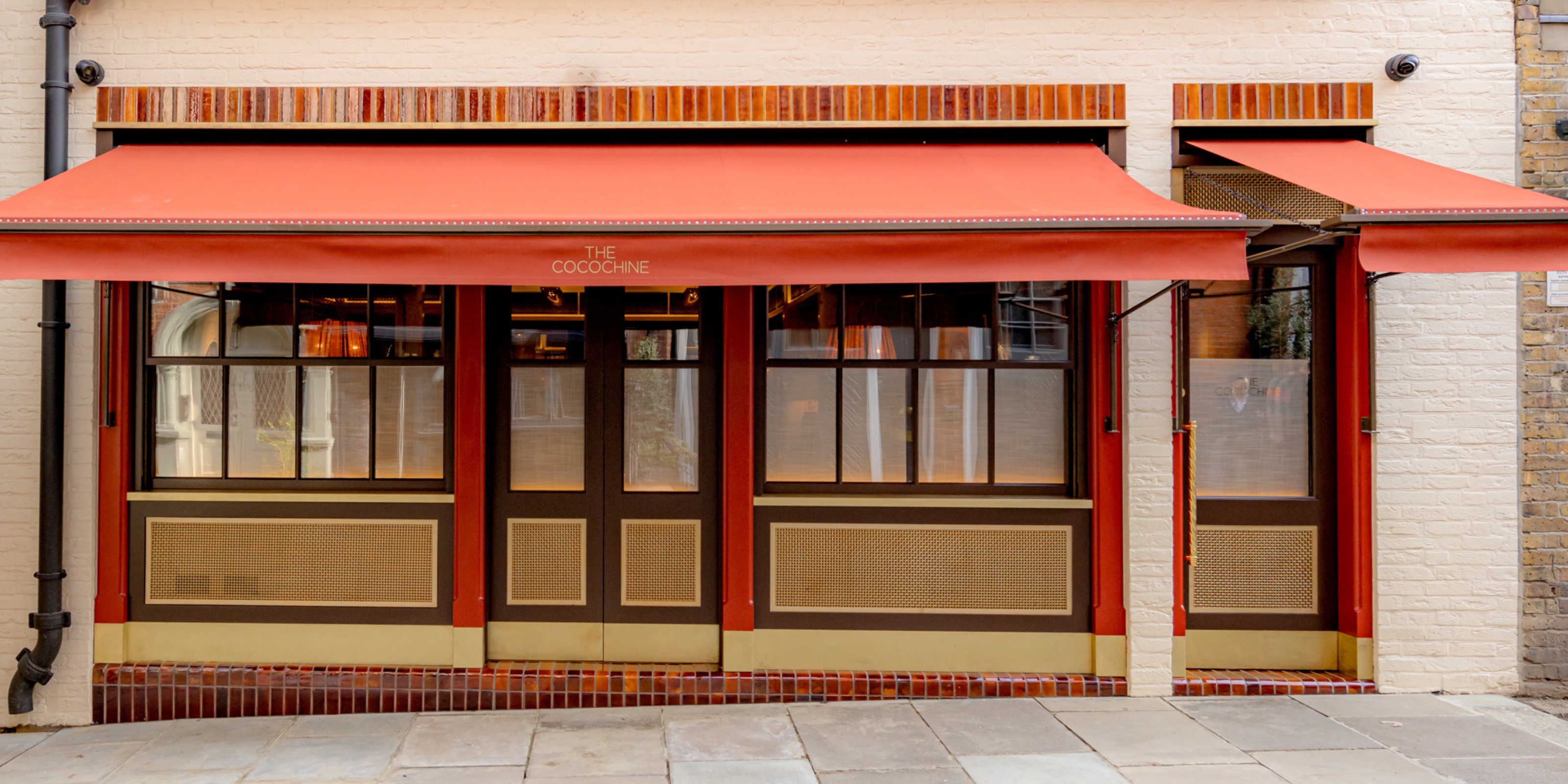 Is Mayfair's The Cocochine the Inspired Restaurant Missing From Your Hotlist?
Is Mayfair's The Cocochine the Inspired Restaurant Missing From Your Hotlist?The brainchild of Hamiltons Gallery owner Tim Jefferies and chef Larry Jayasekara, this hidden-in-plain-sight dining spot elevates gastronomy to an art form — with a little help from its star-studded collection
By Gilda Bruno